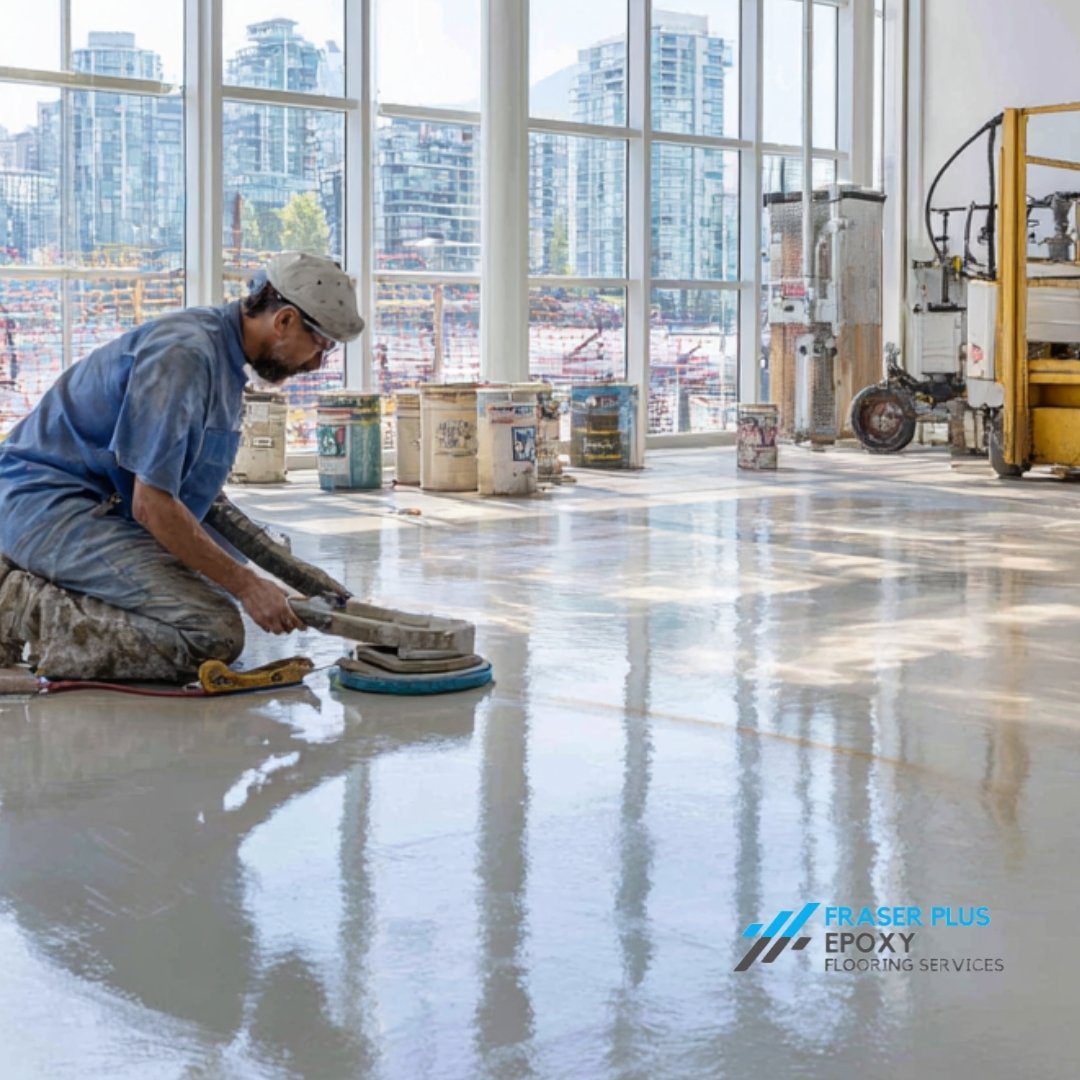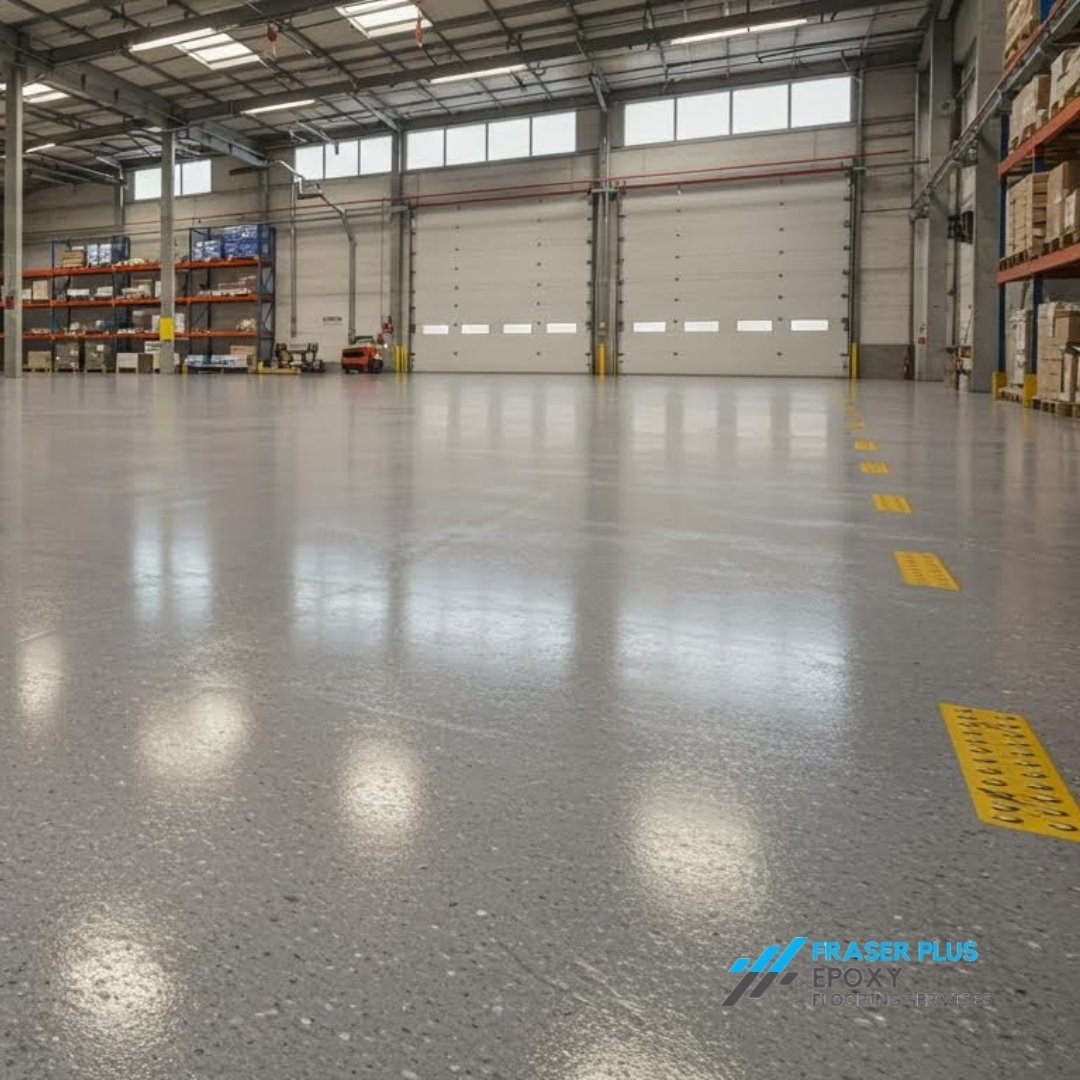When comparing metallic epoxy floors to traditional epoxy floors, it’s essential to consider various factors, especially in terms of maintenance. Both types of flooring offer durability and aesthetic appeal, but they differ in specific maintenance requirements and characteristics. Here’s a detailed comparison based on the latest insights.
Maintenance Comparison: Metallic Epoxy vs. Traditional Epoxy Floors

1. Surface Characteristics
- Metallic Epoxy Floors:
- These floors have a glossy, reflective surface that can enhance the aesthetic appeal of any space. However, their shiny finish may require more frequent cleaning to maintain their appearance, as smudges and dust can be more visible.
- Traditional Epoxy Floors:
- Traditional epoxy typically has a smoother, less reflective finish. While still easy to clean, the matte or satin finishes may not show dirt and stains as prominently as metallic surfaces.
2. Cleaning Requirements
- Metallic Epoxy Floors:
- Cleaning involves regular sweeping or vacuuming to remove dust and debris, followed by mopping with a mild detergent. The reflective surface can make it easier to spot areas needing attention but may require more effort to keep looking pristine.
- Traditional Epoxy Floors:
- Similar cleaning methods apply, but the non-reflective nature may mean less frequent cleaning is needed for maintaining an acceptable appearance. The seamless surface minimizes dirt accumulation, making it easier to maintain hygiene.
3. Durability and Wear Resistance
- Both Types:
- Both metallic and traditional epoxy floors are highly durable and resistant to wear, chemicals, and moisture. They are ideal for high-traffic commercial environments where durability is crucial.
- Metallic Epoxy:
- While both types are resilient, metallic epoxy floors can sometimes be more susceptible to scratching due to their glossy finish. However, with proper care, they can maintain their appearance for many years.
4. Repair and Maintenance Intervals
- Metallic Epoxy Floors:
- Depending on traffic levels and usage, metallic epoxy floors may require recoating every 5 to 10 years. Regular inspections can help identify any wear or damage early on.
- Traditional Epoxy Floors:
- Similarly, traditional epoxy floors also benefit from routine maintenance checks but might have slightly longer intervals between recoating due to their less glossy surface being less prone to visible wear.

5. Chemical Resistance
- Both Types:
- Both metallic and traditional epoxy floors exhibit excellent resistance to chemicals, making them suitable for environments where spills are common. This characteristic significantly reduces the risk of stains and deterioration over time.
6. Aesthetic Considerations
- Metallic Epoxy Floors:
- The aesthetic appeal of metallic epoxy is a significant factor in its maintenance; the need for a pristine look can lead to more frequent cleaning efforts.
- Traditional Epoxy Floors:
- While still customizable in color and finish, traditional epoxy might not require the same level of upkeep in terms of appearance.
In summary, both metallic epoxy floors and traditional epoxy floors offer low maintenance compared to other flooring options like wood or carpet. However, metallic epoxy may require slightly more attention due to its reflective surface that highlights dirt and smudges. For businesses considering which type of flooring best suits their needs, it’s essential to weigh the aesthetic benefits of metallic finishes against the potentially lower maintenance demands of traditional epoxy options.
When to Call for Professional Help
While both flooring types are relatively easy to maintain, there are instances when professional assistance is advisable:
- Installation: Proper installation is crucial for both types of epoxy flooring. Engaging professionals ensures that the floor is applied correctly for optimal durability and aesthetics.
- Repair Needs: If you notice significant wear or damage that requires repair or recoating beyond routine maintenance, consulting with experts can help restore the floor’s integrity.
- Cleaning Techniques: For specialized cleaning methods or products that may be needed for certain finishes (especially with metallic surfaces), professional guidance can ensure you don’t inadvertently damage your flooring.
By understanding these differences in maintenance between metallic and traditional epoxy floors, businesses can make informed decisions that align with their operational needs and aesthetic preferences while ensuring long-term satisfaction with their flooring choice.




